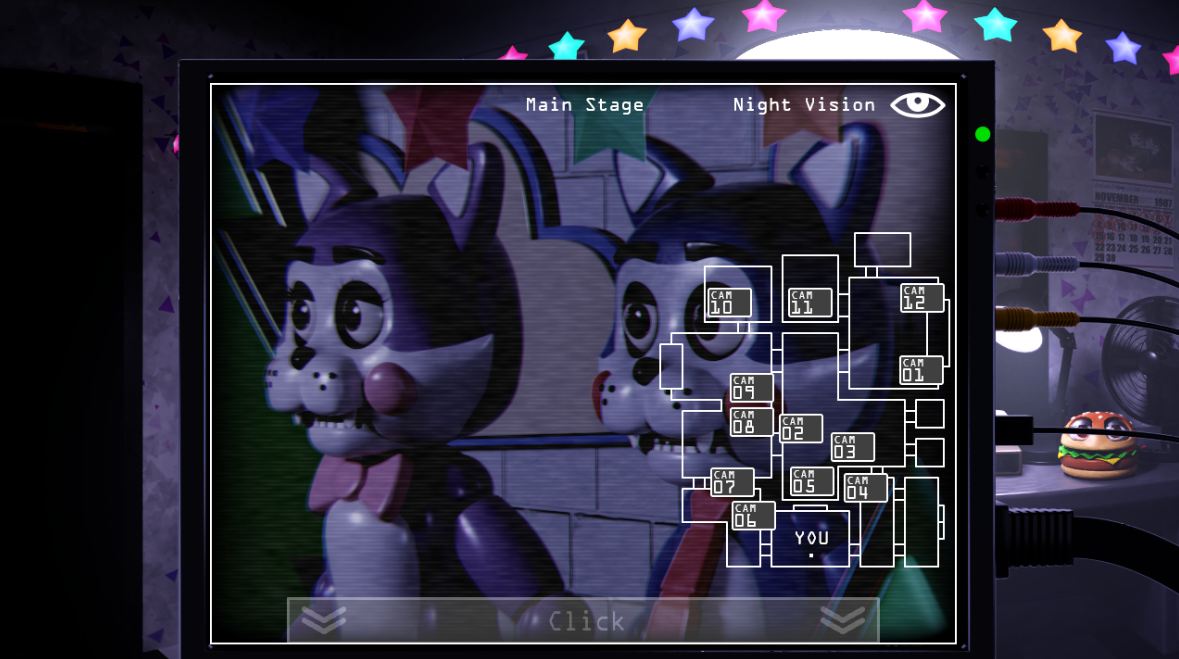

If your Image Effect is a simple one (processes one texture at a time) then this does not really matter because Graphics.Blit takes care of that. The resulting source texture for an image effect is not flipped upside down on Direct3D (unlike all other Render Textures). In this case, Unity renders to screen to get anti-aliasing, and then “resolves” rendering into a RenderTexture for further processing with an Image Effect.

One case where this does not happen, is when Image Effects and Anti-Aliasing is used. In that case, Unity internally flips rendering upside down when rendering into a texture on Direct3D, so that the conventions match between the platforms.

Most of the time this does not really matter, except when rendering into a Render Texture. In OpenGL and OpenGL ES, the coordinate is zero at the bottom, and increases upwards.In Direct3D, the coordinate is zero at the top, and increases downwards.Vertical texture coordinate conventions differ between Direct3D, OpenGL and OpenGL ES: Most of the time Unity hides the differences from you, but sometimes you can still bump into them. OpenGL ES 1.0 and 1.1 were the first portable mobile graphics APIs, defined relative to the OpenGL 1.Unity runs on various platforms and in some cases there are differences in how things behave. It remains a prevalent API today, and still is the most widely available 3D graphics API, and remains a solid choice to target the widest range of devices in the market. OpenGL ES 2.0 was the first portable mobile graphics API to expose programmable shaders in the then latest generation of graphics hardware. OpenGL ES 3.0 was another evolutionary step for OpenGL ES, notably including multiple render targets, additional texturing capabilities, uniform buffers, instancing and transform feedback. OpenGL ES 3.1 - Bringing Compute to Mobile Graphicsĭespite being only a bump in the minor revision of the API, OpenGL ES 3.1 was an enormous milestone for the API, as it added the ability to do general purpose compute in the API, bringing compute to mobile graphics. The latest in the series, OpenGL ES 3.2 added additional functionality based on the Android Extension Pack for OpenGL ES 3.1, which brought the mobile API's functionality significantly closer to it's desktop counterpart - OpenGL. OpenGL ES API Versions at a Glance OpenGL ES 3.2 - Additional OpenGL functionality


 0 kommentar(er)
0 kommentar(er)
